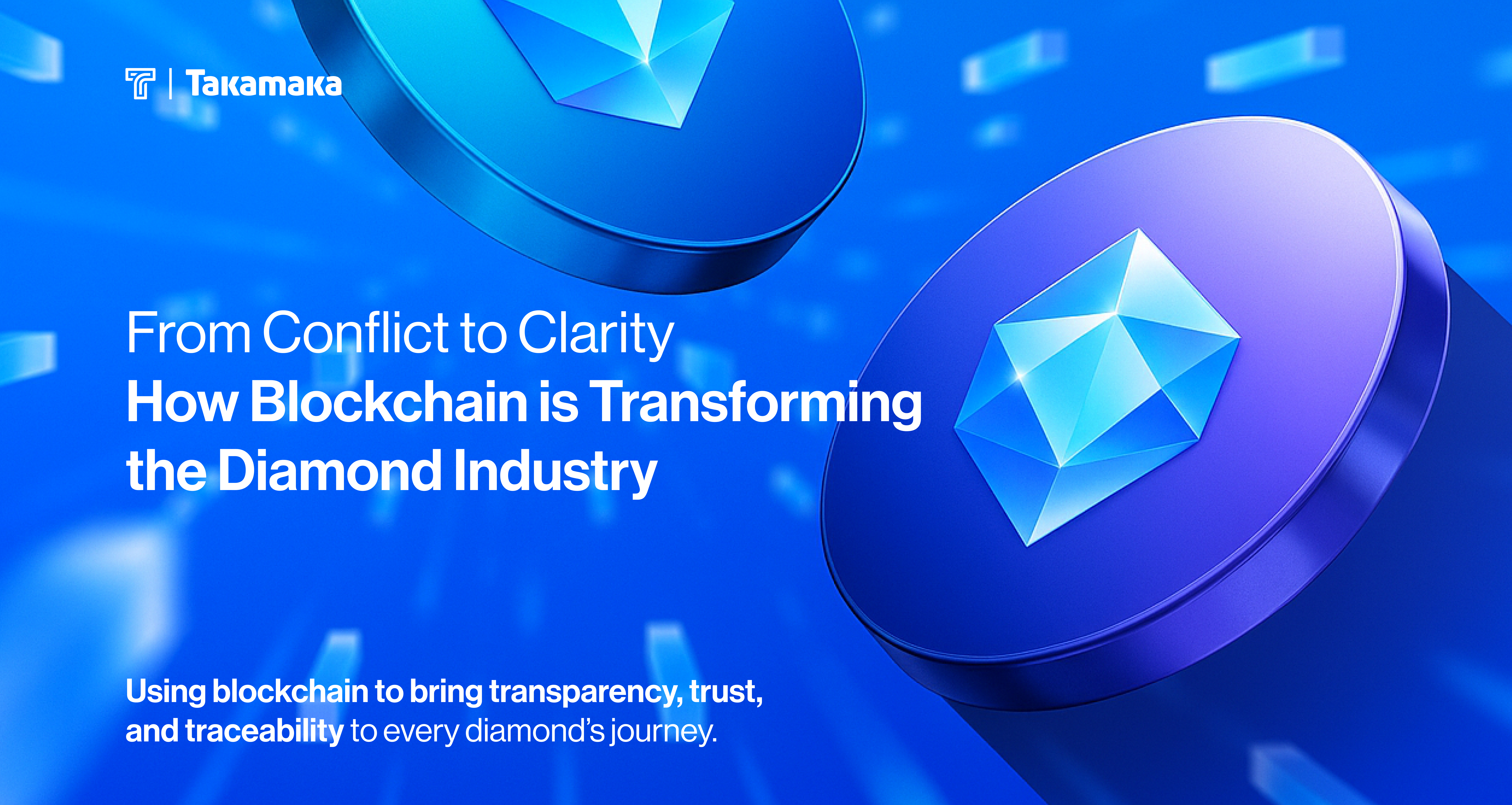
For decades, diamonds carried hidden stories, some beautiful, others troubling. While symbols of love and status, these gems often came with questions: Where were they mined? Were they ethically sourced? Could their certificates be trusted? In an industry where stones change hands across continents, traditional documentation often falls short.
De Beers, one of the world’s largest diamond companies, sought to change that. In response to rising consumer demand for ethical sourcing and authenticity, they launched Tracr, a blockchain-based platform designed to trace a diamond’s journey from mine to market. The result? A secure, verifiable record that’s changing how we view and value every gem.
Building a Transparent Supply Chain
Tracr gives each diamond a unique digital identity the moment it's mined. As the gem is cut, graded, and sold, that identity travels with it, recorded securely on a blockchain. Each time the diamond changes hands, key data (like carat weight or location) is logged immutably, ensuring nothing can be altered or faked without detection.
This shared, tamper-proof record connects everyone involved: miners, dealers, labs, and retailers. The result is a real-time, trusted version of the diamond’s history, visible to authorized participants. Today, Tracr tracks millions of stones, covering over two-thirds of De Beers’ production, and even allows consumers to scan a QR code to view a diamond’s full story.
Trust as a Competitive Advantage
With Tracr, transparency becomes more than a compliance tool, it becomes a selling point. Buyers increasingly want to know the ethical and environmental story behind their purchases. Being able to verify a diamond’s journey gives customers confidence and strengthens loyalty to brands that prioritize openness.
Beyond diamonds, this model has global implications. Any industry that depends on complex supply chains, high-value goods, or consumer trust can benefit from similar blockchain solutions. From agriculture to electronics, pharmaceuticals to luxury goods, building a transparent and verifiable record of a product’s journey enhances accountability, improves operational efficiency, and prevents fraud.
Consumers are increasingly asking for proof, instead of promises, when it comes to ethical sourcing, sustainability, and product authenticity. Blockchain enables brands to provide that proof in a secure, accessible way. It reduces disputes, builds confidence, and helps meet evolving regulatory and ESG requirements.
More importantly, it fosters stronger relationships between businesses and their stakeholders. Investors see increased transparency as a sign of good governance. Regulators view it as a tool for compliance and risk management. Customers, especially younger generations, see it as a mark of integrity. In a competitive global market, trust is no longer a soft value; it's the way you get to the best customers. Tracr shows that combining the most recent technology with legacy products can unlock new value for businesses and buyers alike.

